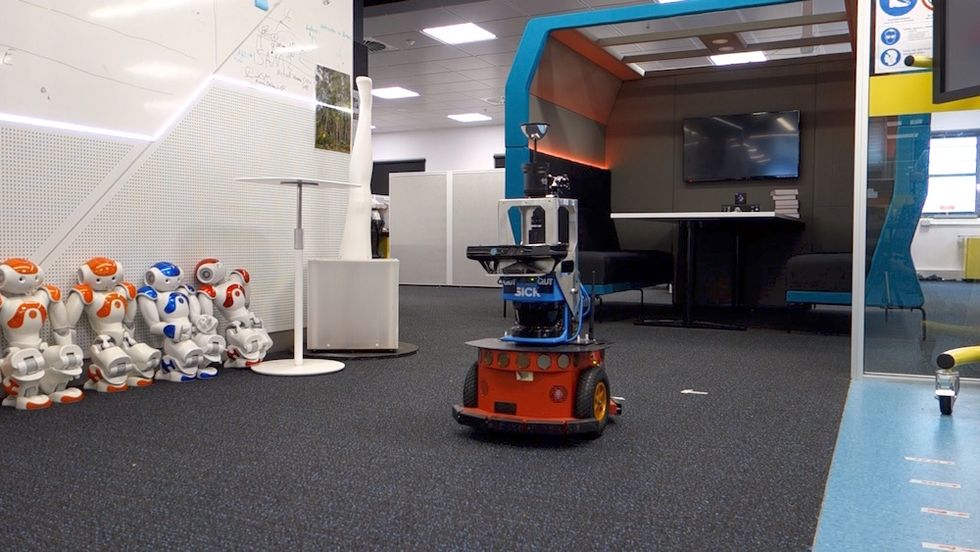Rats are nimble navigators, able to find their way around, under, and over obstacles, and through the tightest spaces. Roboticists have long dreamed of giving their creations similar navigation skills. To be useful in the real world, robots must be able to find their way around on their own. Some are already learning to do that in homes, offices, warehouses, hospitals, and hotels—and in the case of self-driving cars, entire cities. Despite that progress, robots still struggle to perform the tasks for which they’re designed even under mildly challenging conditions.
At the Queensland University of Technology, in Brisbane, Australia, Michael Milford and his collaborators have spent the past 14 years honing a robot navigation system modeled on the brains of rats. This biologically-inspired approach, they hope, could help robots navigate dynamic environments without requiring advanced, costly sensors and computationally-intensive algorithms.
Read More: Why Rat-Brained Robots Are So Good at Navigating Unfamiliar Terrain



